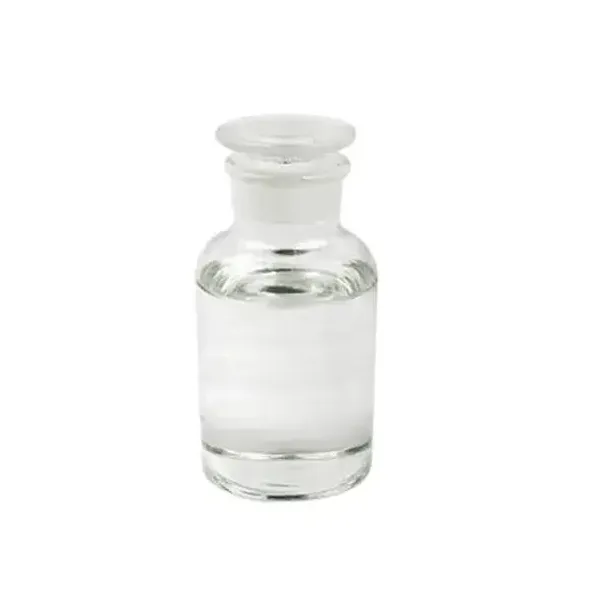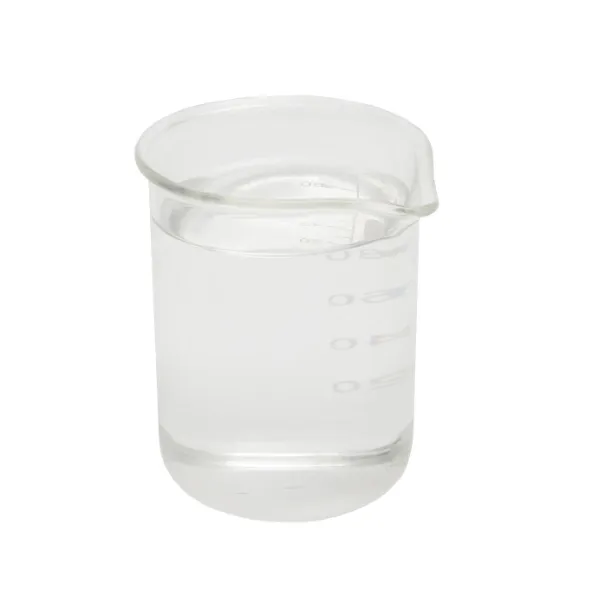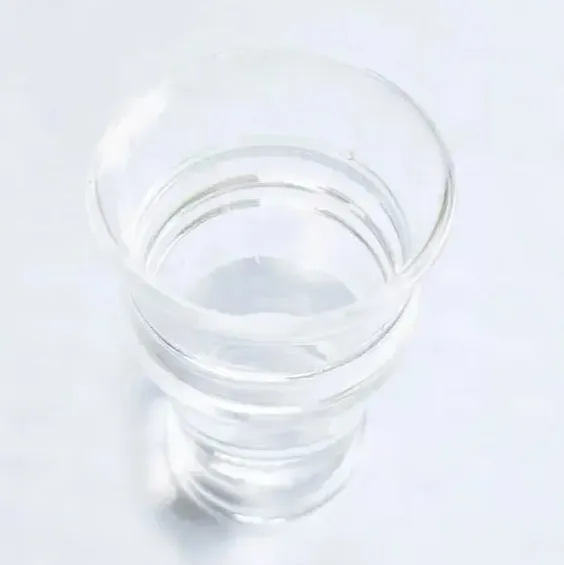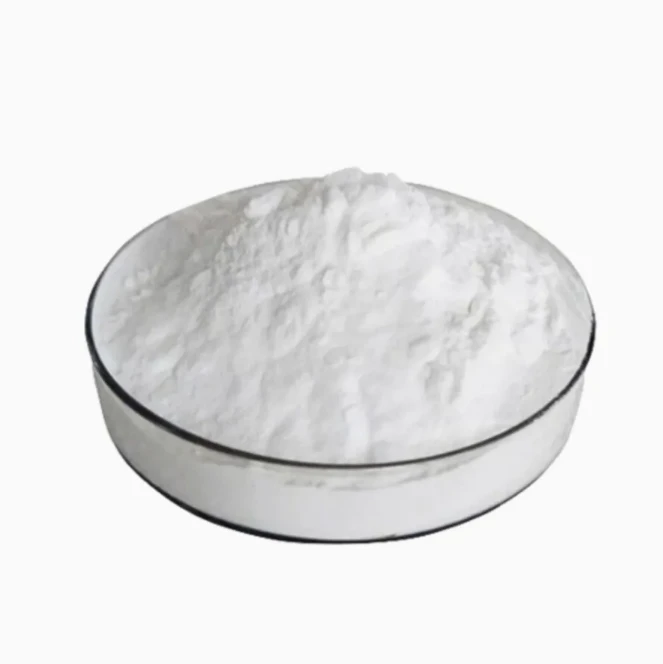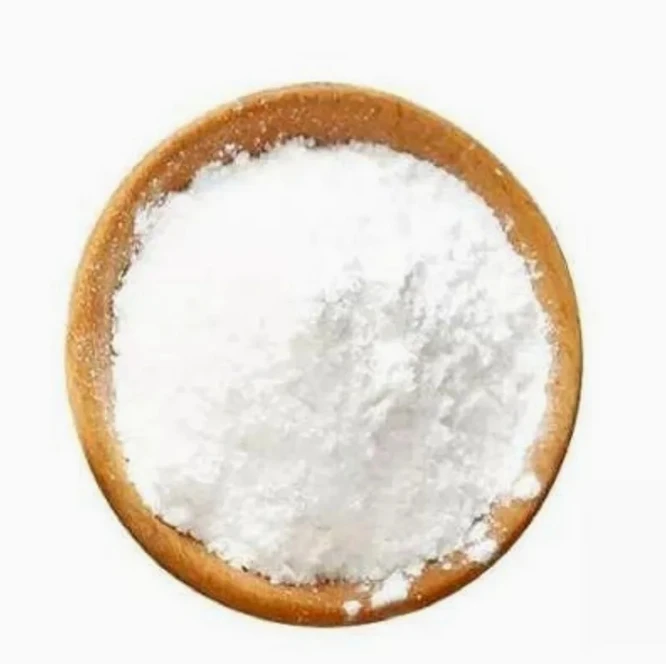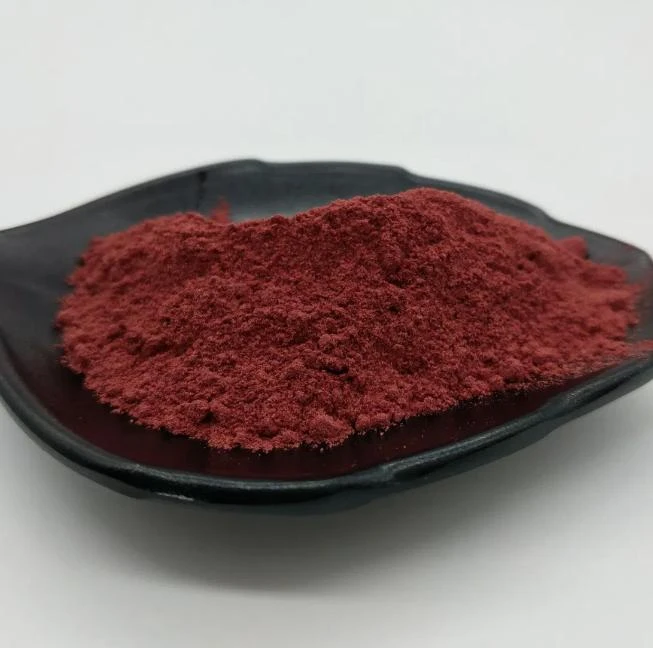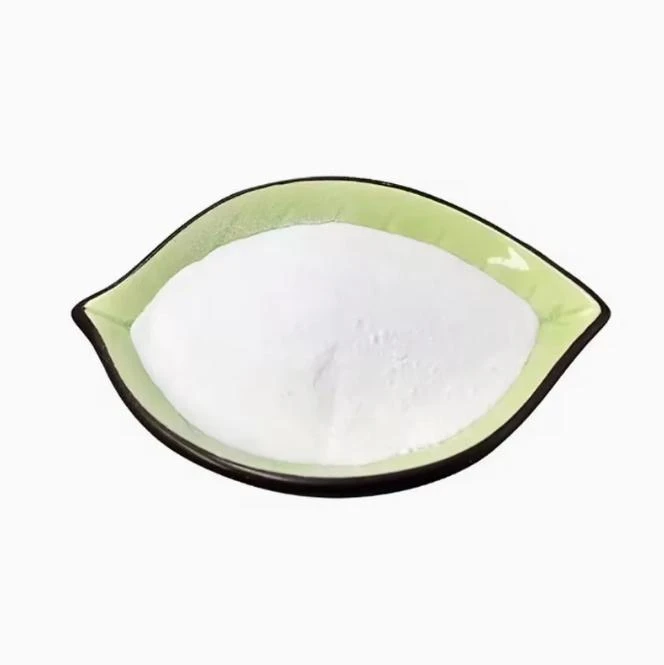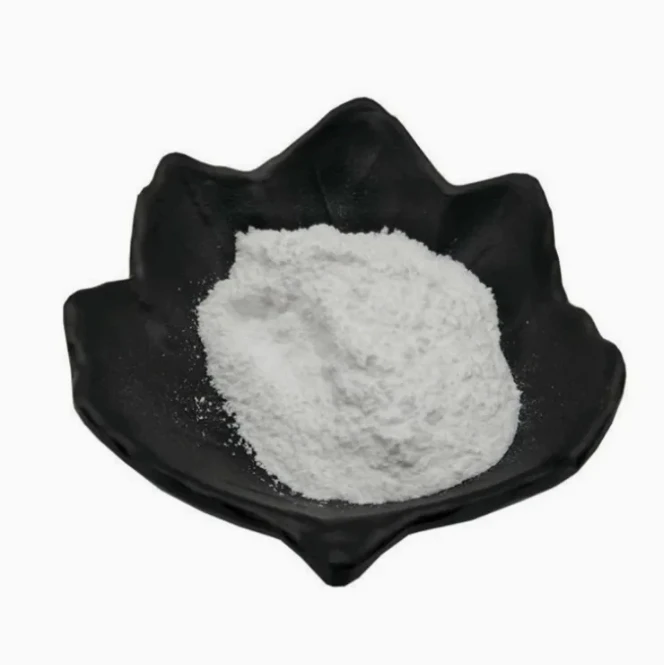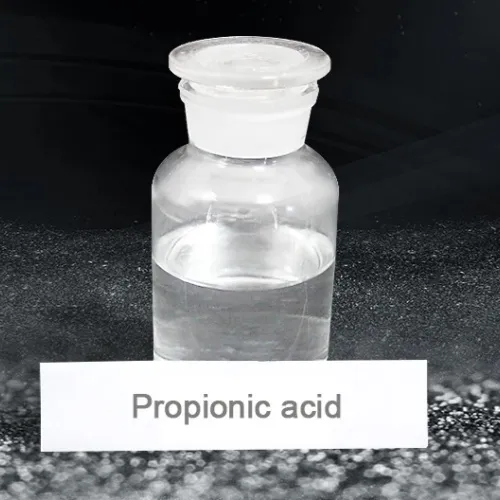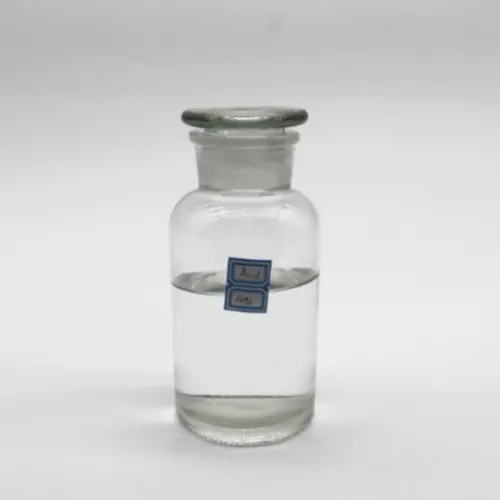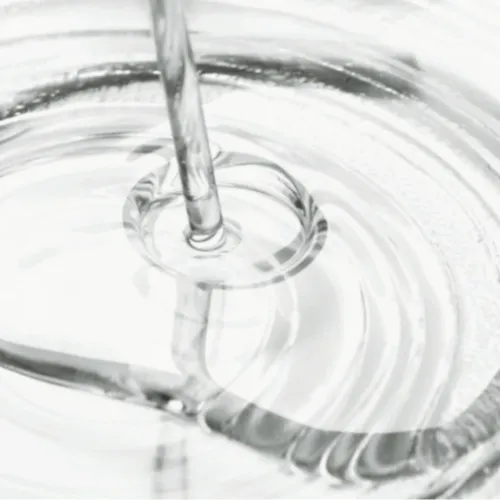 Imeeli: sale@hebeidisha.com
Imeeli: sale@hebeidisha.com
 Tẹli: +86 13315186550
Tẹli: +86 13315186550
- Afirika
- Ede Albania
- Amharic
- Larubawa
- Ara Armenia
- Azerbaijan
- Basque
- Belarusian
- Ede Bengali
- Ede Bosnia
- Bulgarian
- Catalan
- Cebuano
- China
- China (Taiwan)
- Corsican
- Ede Croatian
- Czech
- Danish
- Dutch
- English
- Esperanto
- Estonia
- Finnish
- Faranse
- Frisia
- Galician
- Georgian
- Jẹmánì
- Giriki
- Gujarati
- Haitian Creole
- hausa
- ara ilu Hawaiani
- Heberu
- Bẹẹkọ
- Miao
- Ede Hungarian
- Icelandic
- igbo
- Ede Indonesian
- Irish
- Itali
- Japanese
- Javanese
- Kannada
- Kasakh
- Khmer
- Ede Rwandan
- Korean
- Kurdish
- Kirgisi
- TB
- Latin
- Latvia
- Lithuania
- Luxembourgish
- Macedonian
- Malgashi
- Malay
- Malayalam
- Èdè Malta
- Maori
- Marathi
- Mongolian
- Mianma
- Nepali
- Norwegian
- Norwegian
- Occitan
- Pashto
- Persian
- Polish
- Portuguese
- Punjabi
- Romanian
- Russian
- Samoan
- Scotland Gaelic
- Ede Serbia
- English
- Shona
- Sindhi
- Sinhala
- Slovakia
- Slovenia
- Somali
- Ede Sipeeni
- Ede Sundan
- Swahili
- Swedish
- Tagalog
- Tajik
- Tamil
- Tatar
- Telugu
- Thai
- Tọki
- Turkmen
- Ukrainian
- Urdu
- Uighur
- Uzbekisi
- Vietnamese
- Welsh
- Egba Mi O
- Yiddish
- Yoruba
- Zulu
Propionic Acid
Propionic acid is an important chemical raw material. Propionic acid and its derivatives are widely used in the synthesis of tree esters, grain preservation, food and feed additives, spices.
The earliest propionic acid was prepared by condensation and separation from the gas produced by charcoal manufacturing and coal coking. In the 1950s, foreign countries developed the process of producing acetic acid by oxidation of light hydrocarbons. The product contains about 10% (propionic acid), which is obtained after separation and purification. In addition to the hydrocarbon oxidation method, the United States also has the method of carbonylation of ethylene, CO and H2 to synthesize propionaldehyde and further oxidation to propionic acid. Due to the development of low-pressure carbonylation process with rhodium phosphine complex as catalyst, propionaldehyde oxidation method has developed rapidly in recent years. This method is superior to the traditional high-pressure method with carbonyl cobalt as catalyst.

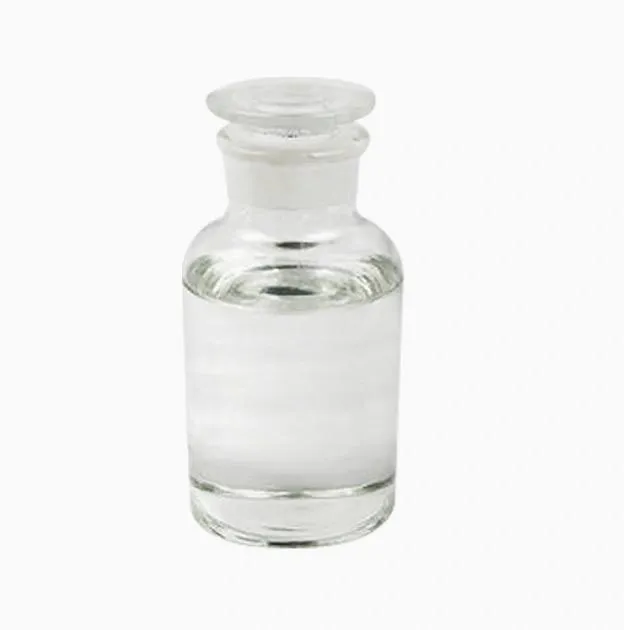
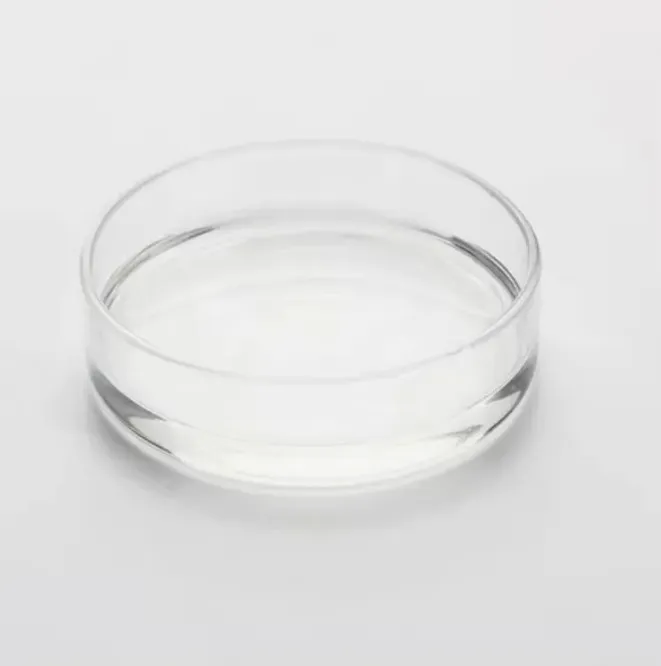
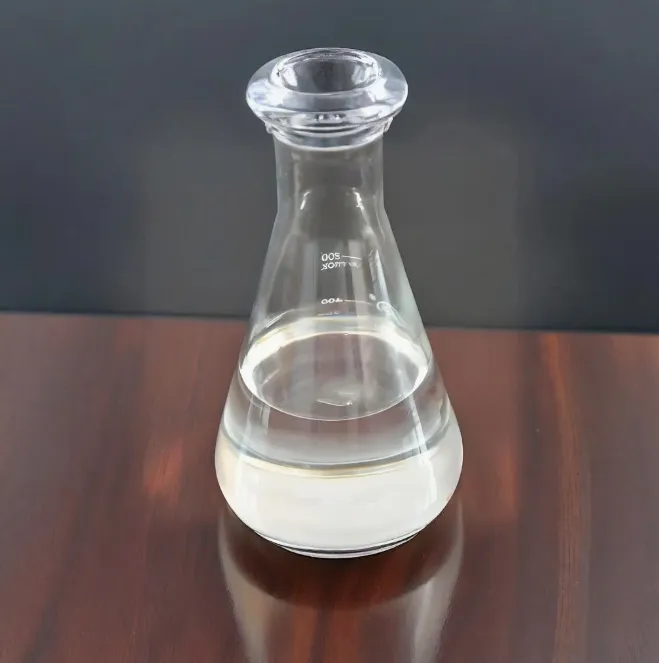
The global propionic acid market is divided by application, terminal industry and region. According to the application, the market is divided into herbicides, rubber products, plasticizers, food preservatives, etc., and food preservatives contribute the most to the market. Most people like the ready-to-eat food on the market. These foods contain propionic acid as an additive and preservative to maintain quality and reduce spoilage, which increases the demand for food preservatives. In addition, the surge in demand for food preservatives has promoted the growth of the global propionic acid market. Increasing demand for natural preservatives has driven the growth of this market.
1.Mainly used as food preservatives and antifungal agents.
2.It can also be used as an inhibitor of medium viscous substances such as beer.
3.Used as nitrocellulose solvent and plasticizer.
4.It is also used for the preparation of nickel plating solution.
5.The preparation of food spices, and antifungal agents.
A ni ọpọlọpọ awọn ile-iṣelọpọ giga-giga pẹlu ifowosowopo jinlẹ, eyiti o le fun ọ ni awọn ọja to gaju ati awọn idiyele ifigagbaga. Ati pe a tun le fun awọn ẹdinwo fun awọn rira olopobobo.Ati pe a ṣe ifọwọsowọpọ pẹlu ọpọlọpọ awọn ile-iṣẹ gbigbe ẹru ẹru ọjọgbọn, le fi awọn ọja ranṣẹ lailewu ati laisiyonu si ọwọ rẹ. Akoko ifijiṣẹ jẹ nipa awọn ọjọ 3-20 lẹhin ijẹrisi isanwo.




| ANALYSIS ITEMS | ITOJU | ANALYSIS RESULT |
| Ifarahan | Colorless or light Yellow oily liquid; With slight pungent smell | Qualified (Hazen:<10) |
| PROPANOIC ACID,%≥ | 99.5 | 99.9 |
| RELATIVE DENSITY,d2020 | 0.993-0.997 | 0.997 |
| BOILING RANGE, ºC | 138.5-142.5 | 139.5-141.1 |
| EVAPORATION RESIDUE,% ≤ | 0.01 | 0.005 |
| MOISTURE,% ≤ | 0.15 | 0.02 |
| PROPYL ALDEHYDE,% ≤ | 0.05 | 0.03 |
| FORMIC ACID,% ≤ | 0.05 | 0.02 |
| As(mg/kg) ≤ | 3.0 | <3.0 |

1. Ṣe o jẹ ile-iṣẹ tabi ile-iṣẹ iṣowo kan?
A jẹ ile-iṣẹ iṣọpọ compnay ati iṣowo, ti n pese iṣẹ iduro kan.OEM le gba.
2. Ṣe o pese awọn ayẹwo? Ṣe o jẹ ọfẹ tabi afikun?
Awọn ayẹwo ọfẹ.Ọya ẹru ọkọ ayẹwo naa nilo lati san nipasẹ ẹgbẹ rẹ.
3. Ṣe o ni awọn iwe-ẹri eyikeyi ti o ni ibatan si iṣakoso didara?
ISO 9001: 2008 iwe-ẹri lati rii daju didara.
4. Kini MO yẹ ki n pese lati gba agbasọ ọrọ kan?
Pls sọ fun wa iru ọja ti o nilo, iwọn ibere, adirẹsi ati awọn ibeere pataki.Itọkasi yoo ṣee ṣe fun itọkasi rẹ ni akoko.
5. Iru ọna sisan wo ni o fẹ? Iru awọn ofin wo ni a gba?
Awọn ofin Ifijiṣẹ ti a gba: FOB, CFR, CIF, EXW;
Ti gba Owo Isanwo:USD;
Accepted Payment Type: T/T,Western Union; Paypal,BTC
Ede Sọ: Gẹẹsi.
Awọn ẹka ọja
Propionic Acid
Propionic acid is an important chemical raw material. Propionic acid and its derivatives are widely used in the synthesis of tree esters, grain preservation, food and feed additives, spices.
The earliest propionic acid was prepared by condensation and separation from the gas produced by charcoal manufacturing and coal coking. In the 1950s, foreign countries developed the process of producing acetic acid by oxidation of light hydrocarbons. The product contains about 10% (propionic acid), which is obtained after separation and purification. In addition to the hydrocarbon oxidation method, the United States also has the method of carbonylation of ethylene, CO and H2 to synthesize propionaldehyde and further oxidation to propionic acid. Due to the development of low-pressure carbonylation process with rhodium phosphine complex as catalyst, propionaldehyde oxidation method has developed rapidly in recent years. This method is superior to the traditional high-pressure method with carbonyl cobalt as catalyst.
Ifihan ọja
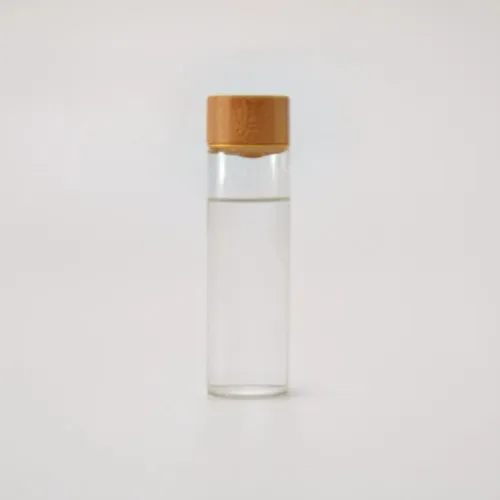
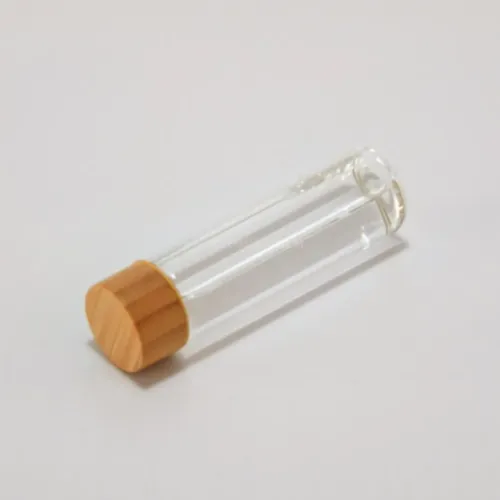
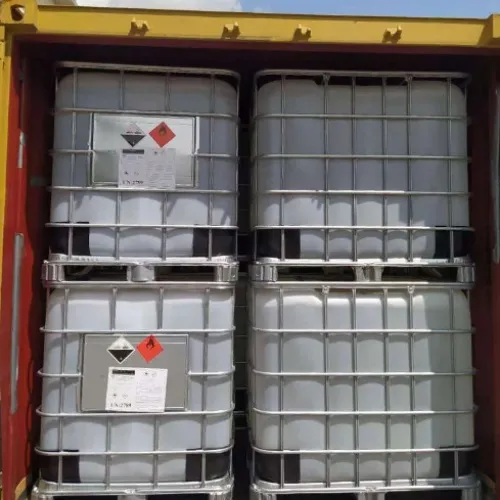
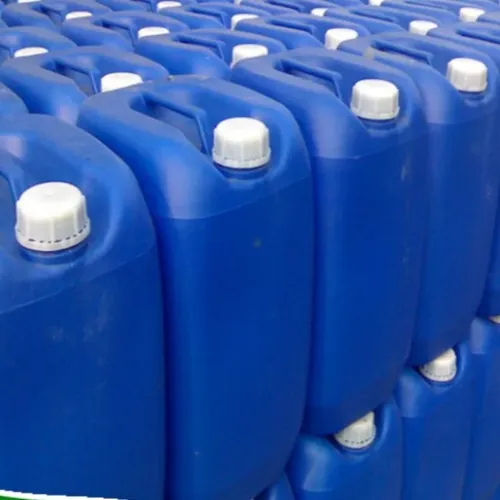
Propionic acid, a saturated monocarboxylic acid containing three carbon atoms, one of the typical volatile lower fatty acids. Chemical formula CH3CH2COOH. Molecular weight 74.08. Colorless clear oily liquid with unpleasant rancidity and pungent odor.
Melting point -20.8ºC,
Boiling point 140.99, 41.65(1330Pa),
Relative density 0.9930,
Refractive index 1.3869.
Ka = 1.34 x 10-5.
Propionic acid is widely used in the food industry can be used in the production of calcium propionate, sodium propionate and other preservatives, can also be used in the production of propionate flavor and fragrance.
A ni ọpọlọpọ awọn ile-iṣelọpọ giga-giga pẹlu ifowosowopo jinlẹ, eyiti o le fun ọ ni awọn ọja to gaju ati awọn idiyele ifigagbaga. Ati pe a tun le fun awọn ẹdinwo fun awọn rira olopobobo.Ati pe a ṣe ifọwọsowọpọ pẹlu ọpọlọpọ awọn ile-iṣẹ gbigbe ẹru ẹru ọjọgbọn, le fi awọn ọja ranṣẹ lailewu ati laisiyonu si ọwọ rẹ. Akoko ifijiṣẹ jẹ nipa awọn ọjọ 3-20 lẹhin ijẹrisi isanwo.
|
ANALYSIS ITEMS
|
ITOJU |
ANALYSIS RESULT |
|
Ifarahan |
Colorless or light Yellow oily liquid; With slight pungent smell
|
Qualified (Hazen:<10) |
|
PROPANOIC ACID,%≥
|
99.5
|
99.9
|
|
RELATIVE DENSITY
|
0.993-0.997
|
0.997
|
|
BOILING RANGE, ºC
|
138.5-142.5
|
139.5-141.1
|
|
EVAPORATION RESIDUE,% ≤
|
0.01
|
0.005
|
|
MOISTURE,% ≤
|
0.15
|
0.02
|
|
PROPYL ALDEHYDE,% ≤
|
0.05
|
0.03
|
|
FORMIC ACID,% ≤
|
0.05
|
0.02
|
|
Pb(mg/kg) ≤
|
2.0
|
<2.0
|
|
As(mg/kg) ≤
|
3.0
|
<3.0
|
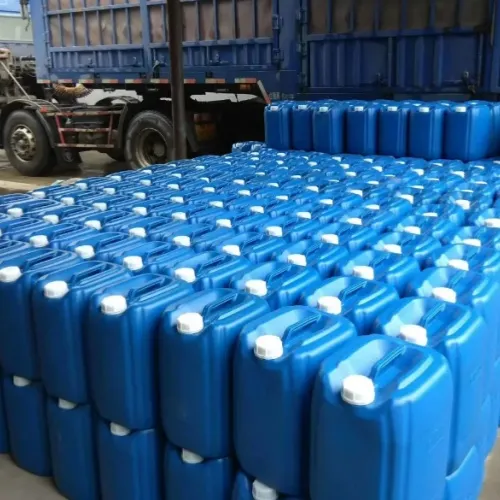
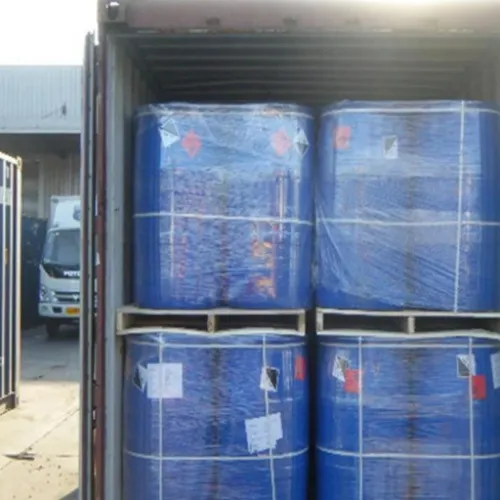
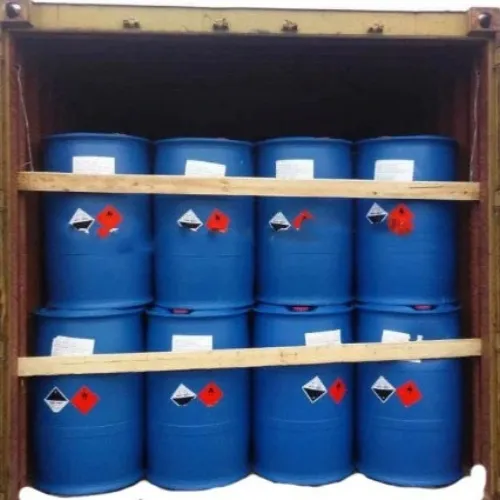
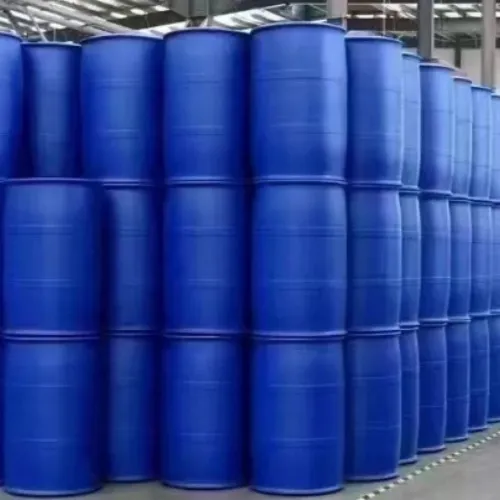
The global propionic acid market is divided by application, terminal industry and region. According to the application, the market is divided into herbicides, rubber products, plasticizers, food preservatives, etc., and food preservatives contribute the most to the market. Most people like the ready-to-eat food on the market. These foods contain propionic acid as an additive and preservative to maintain quality and reduce spoilage, which increases the demand for food preservatives. In addition, the surge in demand for food preservatives has promoted the growth of the global propionic acid market. Increasing demand for natural preservatives has driven the growth of this market.
The global propionic acid market is divided by application, terminal industry and region. According to the application, the market is divided into herbicides, rubber products, plasticizers, food preservatives, etc., and food preservatives contribute the most to the market. Most people like the ready-to-eat food on the market. These foods contain propionic acid as an additive and preservative to maintain quality and reduce spoilage, which increases the demand for food preservatives. In addition, the surge in demand for food preservatives has promoted the growth of the global propionic acid market. Increasing demand for natural preservatives has driven the growth of this market.
Awọn ẹka ọja

